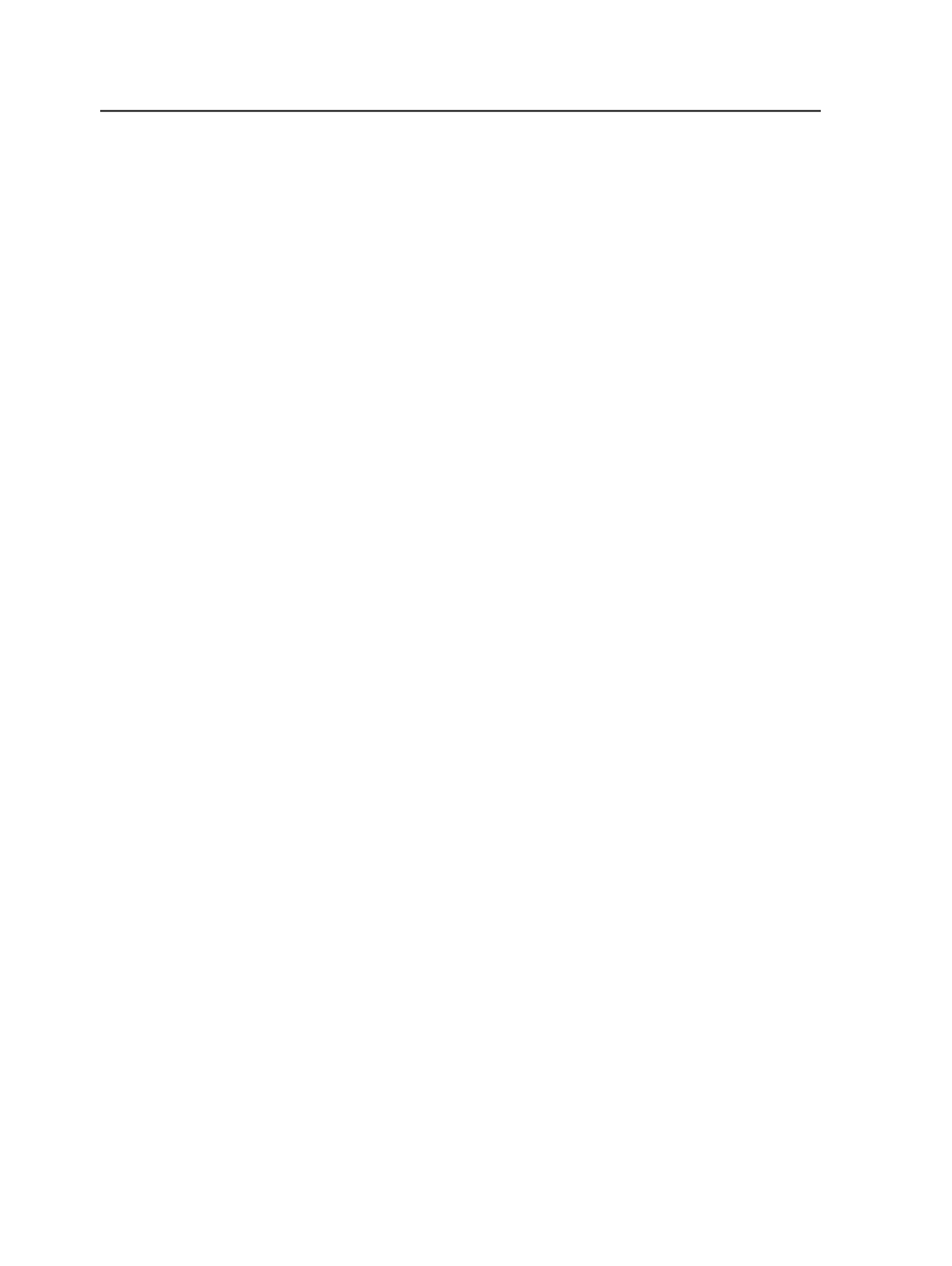
●
Formula: gradient = rise/run x 100 where:
●
Rise: (y-axis) measure the distance between where the flat's
rotating corner started and where it must be moved as a
straight line that meets the x-axis at a 90° angle. Example: 2
units
●
Run: (x-axis) measure the distance along the x-axis from the
non-rotated corner of the flat to the point where the vertical
line transects the x-axis at a right angle. Example: 90 units
●
Calculation: 2/90 x 100 = 2.2
●
The maximum percentage value is 3.1.
To convert an angle to a gradient:
●
Formula: gradient = tangent of the angle of rotation x 100
●
Calculation using a scientific calculator and an angle of 0.5°:
●
0.5° + Tan(gent) key = 0.008 x 100 = 0.8
●
The maximum angle of rotation is 1.78°.
Note: To convert a gradient to an angle, enter the gradient into the
calculator and apply the inverse tangent function. Example: 2.2% is
entered as 0.022 + Inv(erse) key + Tan key = 1.26°.
●
Indicate whether the rotation is to be
clockwise
or
counterclockwise
.
Note: The process template does not let you select flat rotation and
web growth at the same time. However, when web growth is applied,
flat rotation can be specified in the web growth profile.
Scaling
Scale Vector
Applies scaling to the layout prior to screening the file. The
scaling is based on vector data (PDF data).
Scale Raster
Applies raster scaling to the layout. Raster scaling is an optional
feature that will allow you to apply distortion after the files are
screened.
Raster scaling is recommended for prescreened files (copydot)
or files that contain 1-bit TIFF images, since the prescreened
bitmap data cannot be properly scaled with vector scaling
(could generate artifacts).
Clear this check box to disable this feature.
604
Chapter 12—Outputs


